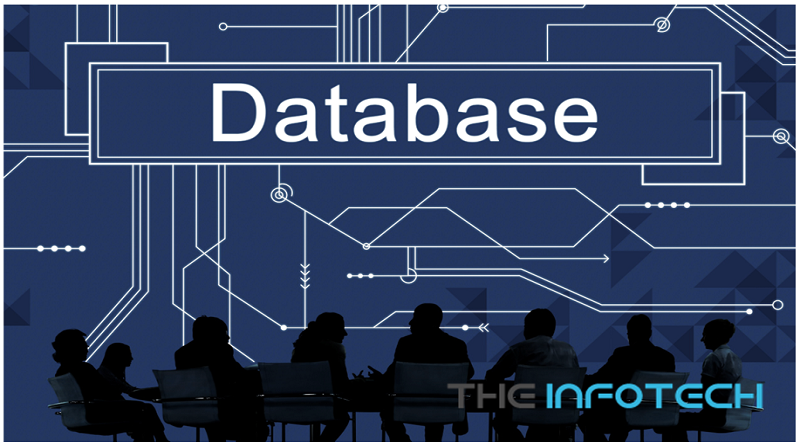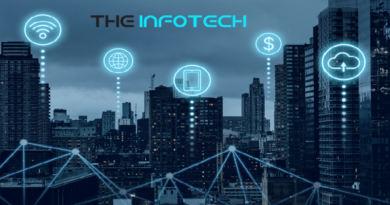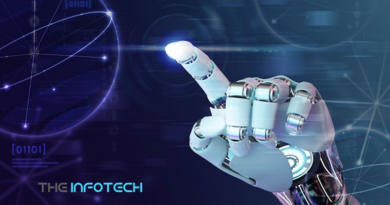DB – Overview
What is data?
Data is nothing more than information that has been gathered in a variety of formats, including text, numbers, media, and others. Data can be transformed into a binary digital form for use in computing, allowing it to be transferred around and processed effectively. For instance, Intellipaat may contain information about the names, ages, and educational backgrounds of its students, as well as specifics about the numerous courses it provides.
Data can be referred to in either the singular or plural. We occasionally come across the phrase “raw data.” It is merely data in its simplest digital form. Early on, as the value of data began to grow, phrases like “electronic data processing” or simply “data processing” became extensively used in the IT sector.
Over time, as data increased exponentially, so did the units used to measure it. According to PwC, 4.4 ZB (zettabytes) of data were produced globally in 2019. IDC went on to state that it will increase to 175 ZB by 2025, though. databases and relational database management systems (RDBMS) and database management systems (DBMS)
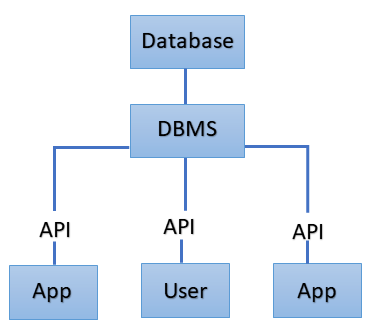
What is a database?
A database is a methodical or well-organized grouping of associated data that is kept in a way that makes it simple to access, retrieve, manage, and change. It is the location of all data storage, similar to a library that holds a broad selection of books from many genres. Consider data to be books. In a database, you can set up a table with rows and columns of data.
By indexing the material, it is simple to locate and retrieve it once more as needed. Databases are used to administer a large number of websites on the Internet. Database handlers are used to establish databases so that users may access the data through a single set of software applications.
Different databases include MySQL, SQL Server, MongoDB, Oracle Database, PostgreSQL, Informix, Sybase, and more. DBMS is used to manage these contemporary databases. To manipulate the data in a database, Structured Query Language, or SQL as it is more often known, is employed.
Evolution of database
- About 50 years ago, a file-based system served as the database’s foundation. It has undergone several generations of evolution in due course.
- Flat-file-based databases were the first type of database to be established in 1968.
- Following that, the Hierarchical Database was created and used until 1980. This served as the foundation for IBM’s first database, IMS (Information Management System).
- Charles Bachman created the Integrated Data Store, the first Network data model (IDS). The early 1960s saw its introduction, and in 1971 it became standardized.
- The Relational Database was first introduced in 1970.
- Relational databases and database management are in vogue right now.
Components of database
- Hardware includes tangible electrical devices like storage and I/O units, among many others. It can provide a link between digital devices and physical systems.
- Software: Applications for overseeing and maintaining the entire database. DBMS is a type of software. Examples include the operating system (OS), database application programs that enable data access in DBMS, network software that distributes data, etc.
- Data: This is the information that a database management system (DBMS) collects, stores, retrieves, and processes, such as actual data, operational data, and metadata.
- Procedure: A specific set of guidelines and rules for using a database in the design and operation of a database management system (DBMS), as well as for teaching users how to use and maintain it.
- Database access language: This facilitates data export to and retrieval from databases. You can create instructions in the database access language to add new data, edit existing data, or retrieve data from the database. The results are then presented to the user by the DBMS.
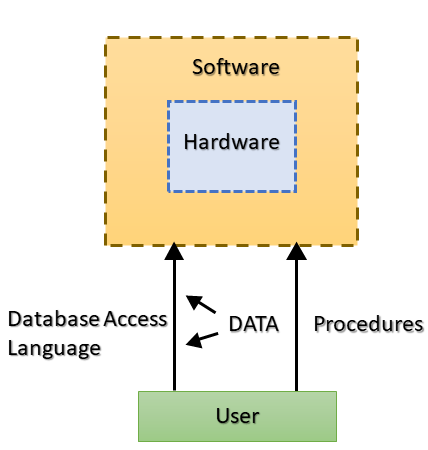
Database Architecture
In corporations and organizations, database architecture entails using computer languages to create software. It mostly entails the development, design, implementation, and maintenance of the computer programs used by organizations to store and manage their data.
A DBMS’s design is determined by its architecture. The architecture can be either single-tier or multi-tier, including 1-tier, 2-tier, 3-tier, and n-tier architectures, among others.
Advantages of Databases
- Minimum data redundancy
- Improved data security
- Increased consistency
- Lower updating errors
- Reduced costs of data entry, data storage, and data retrieval
- Improved data access using host and query languages
- Higher data integrity from application programs
Database Languages
Users can query databases and make updates using the proper language provided by a DBMS. The database is effectively created and maintained by it. Database languages include SQL, Oracle, dBase, MS Access, FoxPro, and others. Data Definition Language (DDL), Data Control Language (DCL), Data Manipulation Language (DML), and Transaction Control Language are the four main categories of database languages (TCL).
Data Definition Language (DDL): Helps define data and their relationship to the other data types and creates databases, files, tables, and data dictionaries within databases
Data Control Language (DCL): Controls access to data and the database
Data Manipulation Language (DML): Supports basic data manipulation operations like allowing users to insert, retrieve, update, and delete data from the database
Transaction Control Language (TCL): Manages changes in the database made by the DML statement
Applications of Database
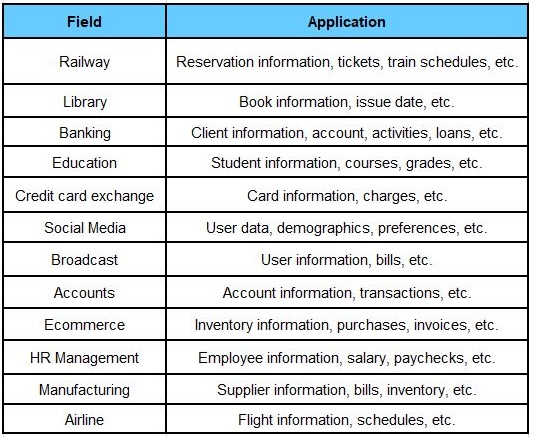
Types of Databases
- The most effective way to access structured data is through a relational database. The information is arranged into several tables with columns and rows.
- Data are represented as objects in an object-oriented database, just like in object-oriented programming.
- Distributed database: It contains two or more files spread over several locations. The database may be dispersed across many networks or located on various machines at the same physical location.
- Non-relational NoSQL databases are used to store unstructured and semi-structured data. As web apps spread and grew in complexity, they gained appeal.
- A graph database holds information in the form of entities and the connections among them.
- Cloud database: Access to this database is offered “as a service” and it is run on a cloud computing platform.
- A mainframe computer, desktop, or server CPU, for instance, might be the location, storage, and maintenance hub for a centralization database (CDB).
- Operational databases also referred to as OLTP or online transactional processing databases, are created or updated to hold transactions carried out by numerous users in real-time.
- Data repositories It serves as a central data repository. It keeps both recent and old data in one place for analytical reporting throughout the entire company.

